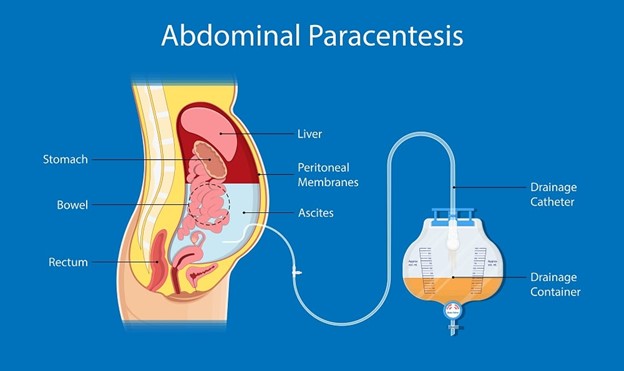A nurse in a provider's office is providing care for a client who has minimal exposure to sunlight. Which of the following interventions should the nurse recommend?
Reduce intake of calcium-rich foods.
Use sunscreen with skin protection factor (SPF) of 8.
Take vitamin D supplements.
Use a tanning bed 2 hr weekly.
The Correct Answer is C
The correct answer is Choice C: Take vitamin D supplements.
Choice A rationale:
Reducing intake of calcium-rich foods would not be a suitable recommendation. Calcium is essential for bone health, and a client with minimal sunlight exposure is at risk of vitamin D deficiency, which affects calcium absorption. Therefore, this choice would worsen the client's situation.
Choice B rationale:
Using sunscreen with an SPF of 8 is unlikely to provide adequate protection against the harmful effects of sunlight. Moreover, the client's issue is vitamin D deficiency due to minimal sunlight exposure, and using sunscreen would further hinder vitamin D synthesis.
Choice C rationale:
Taking vitamin D supplements is the most appropriate intervention. Vitamin D is synthesized in the skin upon exposure to sunlight, and since the client has minimal sunlight exposure, supplements are necessary to prevent vitamin D deficiency. This choice addresses the root cause of the issue.
Choice D rationale:
Using a tanning bed is not recommended for increasing vitamin D levels. Tanning beds emit ultraviolet (UV) radiation, which can increase the risk of skin cancer. Moreover, excessive UV exposure is not a safe or controlled method for addressing vitamin D deficiency.
Nursing Test Bank
Naxlex Comprehensive Predictor Exams
Related Questions
Correct Answer is B
Explanation
The correct answer is choice B: Performance of a paracentesis.
Choice A rationale:
Administration of an enema does not require informed consent in the same way that invasive procedures do. Enemas are typically considered routine nursing interventions and are not as invasive as the other options.
Choice B rationale:
This is the correct choice. A paracentesis is an invasive procedure that involves puncturing the abdominal cavity to withdraw fluid. Informed consent is required for procedures that carry potential risks, and paracentesis falls into this category due to the risk of complications such as infection, bleeding, or organ injury.

Choice C rationale:
Insertion of an indwelling urinary catheter is a common nursing procedure that, while invasive, does not typically require informed consent. However, the nurse should still explain the procedure to the client and obtain verbal consent, but it's not the same level of formal informed consent required for more invasive procedures.
Choice D rationale:
Placement of an NG tube, although uncomfortable, is not as invasive as a paracentesis. In most cases, NG tube placement is considered a medical or nursing intervention rather than a procedure that necessitates formal informed consent.
Correct Answer is A
Explanation
The correct answer is choice A: "Complained about having incisional pain."
Choice A rationale:
Documenting a client's complaints about pain, especially incisional pain, is crucial in an electronic health record. Pain assessment and management are essential aspects of client care, and including this information helps to track the client's pain level, the effectiveness of pain interventions, and any changes in their condition over time.
Choice B rationale:
While it's important to monitor fluid intake and output, stating that the client "Voided adequate amounts through the shift" might be relevant to the client's overall condition but lacks specific information. It doesn't address the reason for the assessment, and the focus should be on the client's immediate care needs and responses.
Choice C rationale:
Noting that the client "Became short of breath when ambulating" is significant for documenting any potential signs of respiratory distress during activity. This information provides valuable insights into the client's ability to tolerate physical exertion and might indicate a need for further assessment or interventions.
Choice D rationale:
Documenting that the client "Appeared to be sleeping while in bed" might not offer significant clinical information unless there is a specific reason for noting the client's sleep patterns. Sleep is an important aspect of recovery, but this choice lacks the context needed to make it a priority entry in the documentation.
Whether you are a student looking to ace your exams or a practicing nurse seeking to enhance your expertise , our nursing education contents will empower you with the confidence and competence to make a difference in the lives of patients and become a respected leader in the healthcare field.
Visit Naxlex, invest in your future and unlock endless possibilities with our unparalleled nursing education contents today
Report Wrong Answer on the Current Question
Do you disagree with the answer? If yes, what is your expected answer? Explain.
Kindly be descriptive with the issue you are facing.
